❋Design
❋Design
9 Must-have art & design books
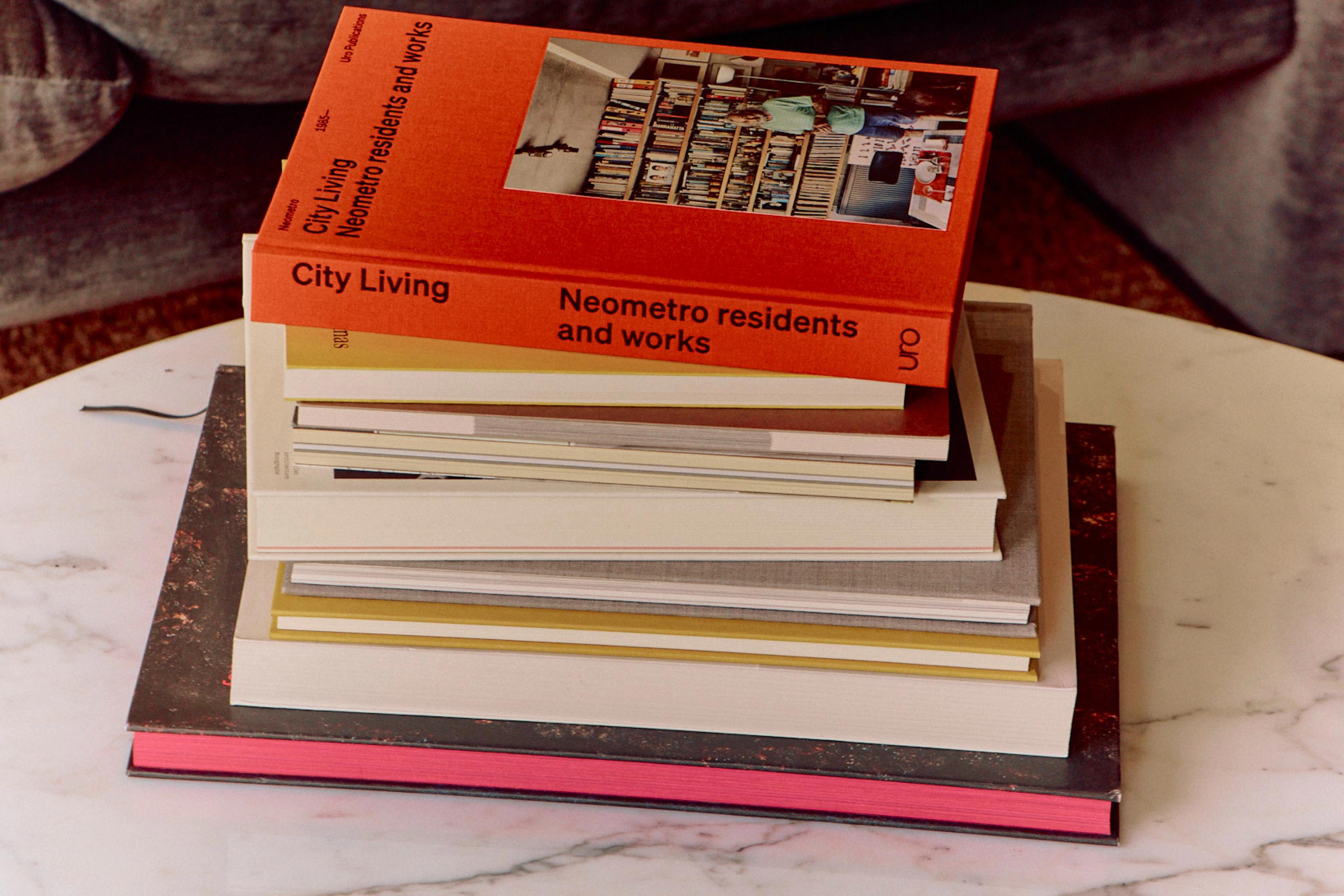
In an era where the boundaries between art, architecture, and design continue to blur, the literature that chronicles these fields offers not only inspiration but also a profound understanding of how creative expression shapes our lives. We’ve compiled a curated selection of books that explore the dynamic ways in which these disciplines converge, shaping cultural identity and innovative practices in a constantly shifting creative landscape.
From the intimate spaces of artists’ homes to the grand narratives of urban renewal, these select titles serve as essential reading for anyone seeking to deepen their appreciation of the built environment and the artistic endeavours that enrich it. Each book, in its unique voice, invites us to explore the stories behind the works, the people who create them, and the cultural landscapes they inhabit.
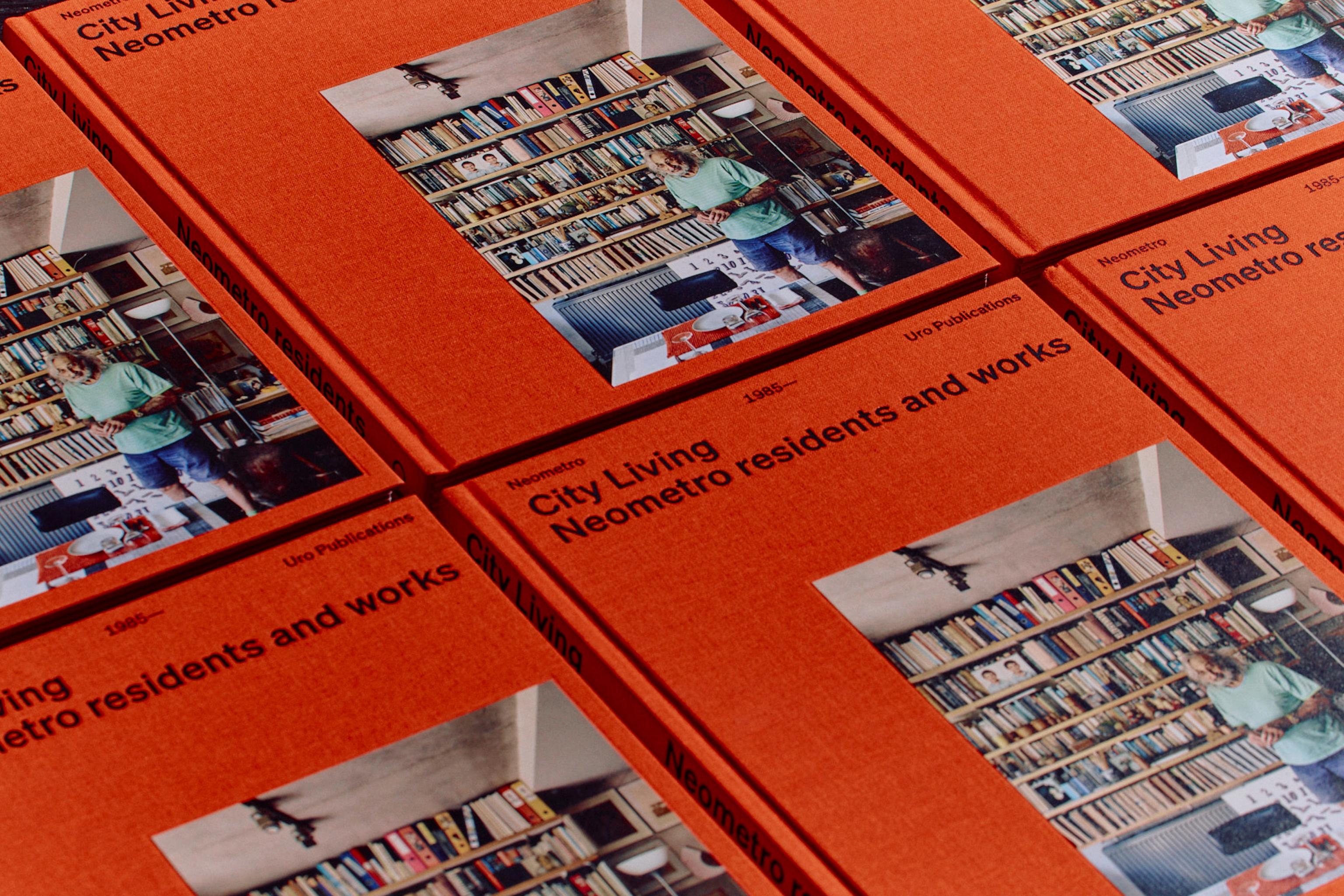
Complementing this exploration of public art is City Living: Neometro Residents and Works, a reflective volume that chronicles four decades of innovative urban housing. Neometro’s projects exemplify how thoughtful design can foster community, well-being, and sustainability within high-density environments. Through interviews, photography, and resident stories, the book offers a nuanced perspective on what it means to create homes that are not just functional but nurturing spaces that support emotional and physical health. It’s a timely meditation on the future of urban living, emphasising that architecture must serve the people who inhabit it.
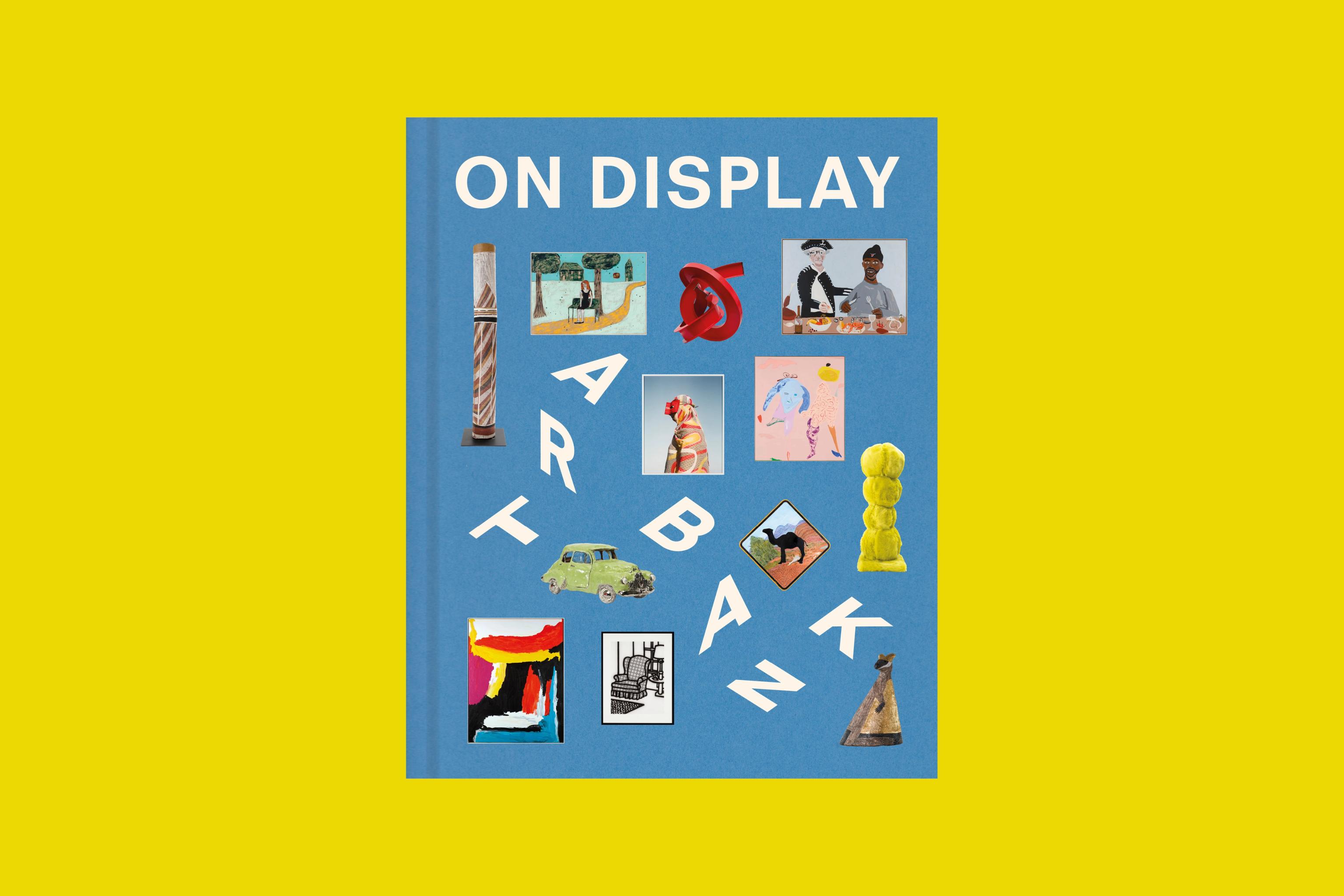
On Display: The Story of Artbank, Australia’s Most Visible Art Collection stands as a testament to Australia’s enduring commitment to nurturing its artistic talent. Celebrating over four decades, this volume traces the evolution of the Artbank collection, revealing how public institutions can serve as vital patrons of contemporary art. Through compelling narratives, photography, and insights from key figures, the book highlights the transformative power of art in public spaces and underscores the importance of cultural investment. It’s a celebration not just of a collection, but of the ongoing dialogue between artists, institutions, and communities—a reminder that art, when displayed thoughtfully, becomes a vital part of daily life.
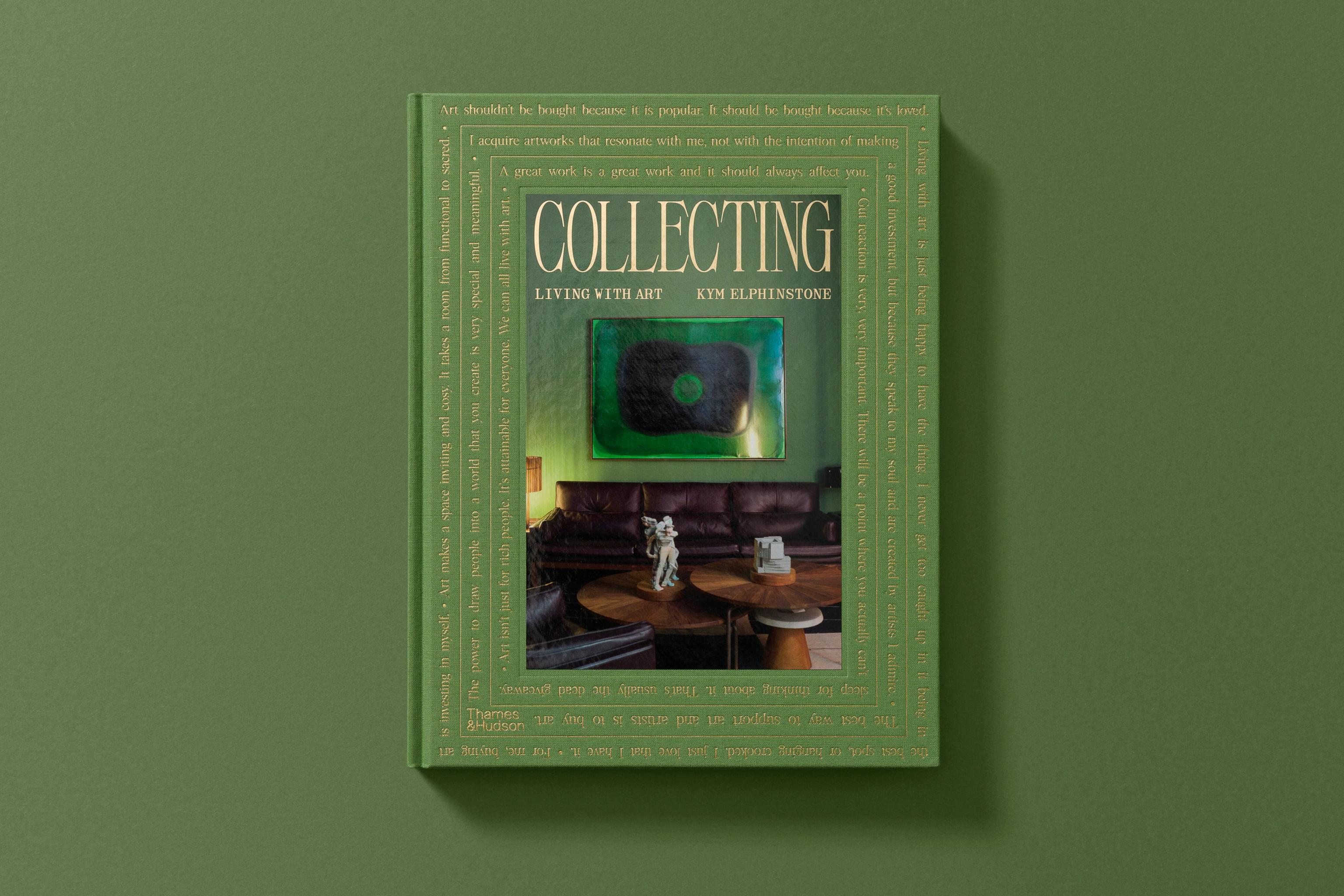
Collecting: Living With Art by Kym Elphinstone shifts focus inward, celebrating the personal journeys of art collectors and the transformative impact of art within the home. This beautifully curated volume showcases diverse collections—from bold abstract works to contemporary photography—highlighting how art’s true value lies in its ability to reflect personal identity and inspire daily life. Elphingstone’s narrative underscores the intimate relationship between the collector and their collection, illustrating how art can turn a house into a sanctuary of self-expression. It’s a compelling reminder that the act of collecting is as much about personal discovery as it is about aesthetic appreciation.
In a similar vein, Artists At Home by Susie Hodge takes us into the private worlds of iconic artists, revealing how their homes and studios serve as reflections of their creative spirits. From William Morris to Frida Kahlo, Hodge’s exploration offers insights into how environment influences artistic output—and vice versa. The book celebrates the architecture and interiors that housed these creative geniuses, emphasising that the spaces artists inhabit are integral to understanding their work. It invites readers to see beyond the canvas and into the personal spaces that inspired some of history’s most enduring artworks.
Adapt! Designing New Lives for Old Buildings by Hannah Lewi and Cameron Logan tackles the delicate art of adaptive reuse—a critical strategy in sustainable architecture. The volume delves into the complexities of transforming historic structures into contemporary spaces, balancing respect for heritage with innovative design. Through case studies and expert insights, Lewi and Logan demonstrate how sensitive adaptation can prolong the life of buildings, reduce environmental impact, and foster richer cultural environments. This book is essential reading for anyone drawn to architecture’s fundamental impact on life and landscape, affirming that preservation and innovation are not mutually exclusive but mutually enriching.
Superhouse by Karen McCartney explores the extraordinary homes that transcend mere shelter to become spiritual retreats and mindful sanctuaries. Through interviews and photography, McCartney reveals how these homes—spanning Australia, Ireland, Italy, and Morocco—are imbued with a sense of connection to nature and a mindful approach to living. The book, now over a decade in print, remains an enduring metric on architecture that elevates everyday life, encouraging us to consider how our own homes can serve as portals to serenity and self-awareness.

Happy Victims by Kyoichi Tsuzuki offers a startling glimpse into the personal collections and rituals of Tokyo’s fashion enthusiasts. Photographed in their homes, Tsuzuki’s subjects embody a quiet rebellion against fleeting trends, showcasing obsessively curated wardrobes and personal spaces that tell stories of identity, aspiration, and sacrifice. This series challenges perceptions of consumption and materialism, revealing that behind every collection lies a narrative of longing and self-expression. It’s a thought-provoking look at how personal spaces mirror inner worlds.
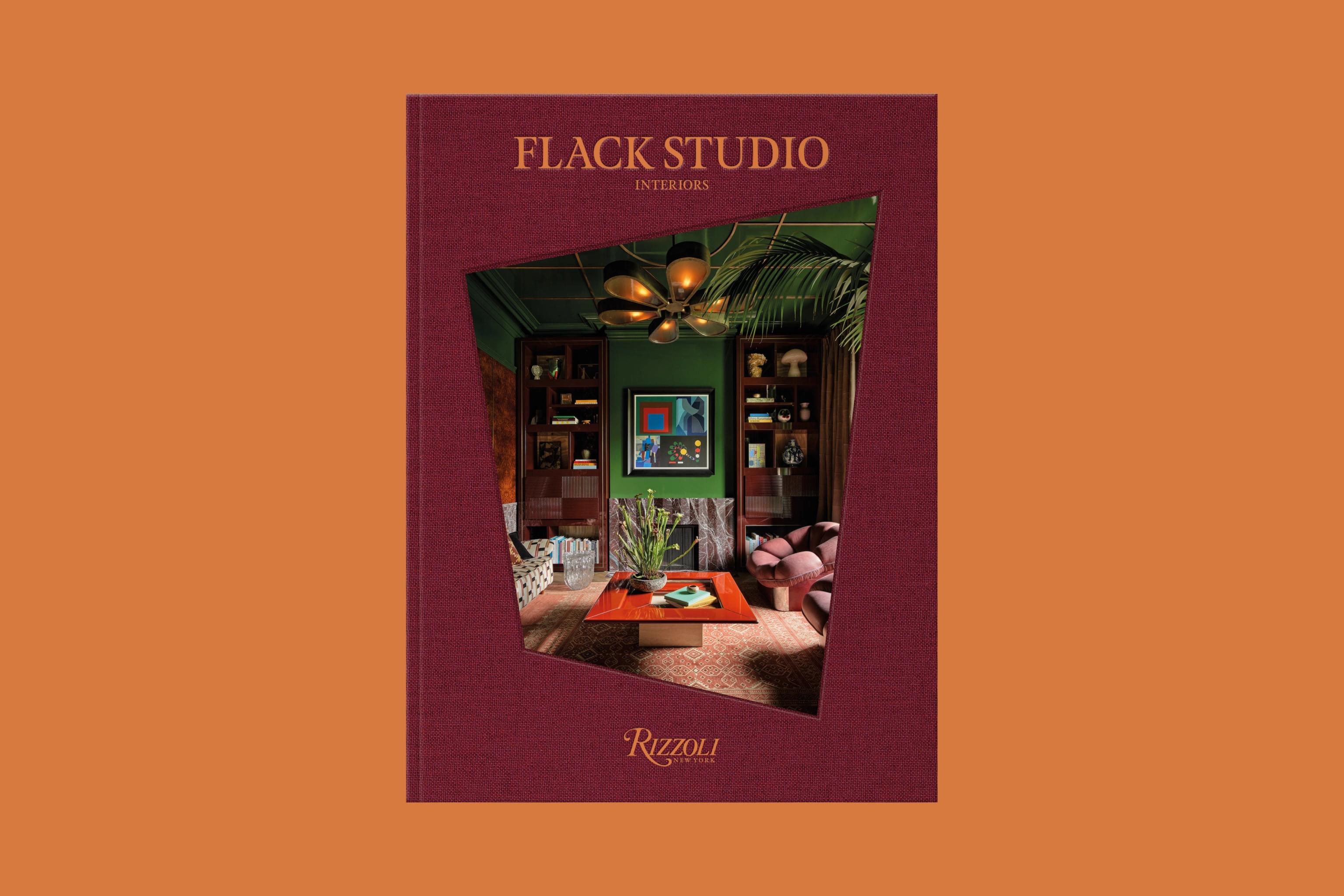
Flack Studio Interiors book, published by Rizzoli and launching on September 9, offers a compelling glimpse into the bold, tactile, and story-rich design philosophy of David Flack’s celebrated practice, highlighting projects like Troye Sivan’s residence, the ACE Hotel Sydney, and private homes across Australia. Celebrating over a decade of creative partnerships, the visually immersive volume captures the essence of community, collaboration, and risk-taking that define the studio. Recognised repeatedly in the AD100 and Vogue Living Australia’s VL50, Flack Studio’s debut book is a love letter to the relationships and stories behind exceptional interiors, emphasising emotion and instinct alongside design.
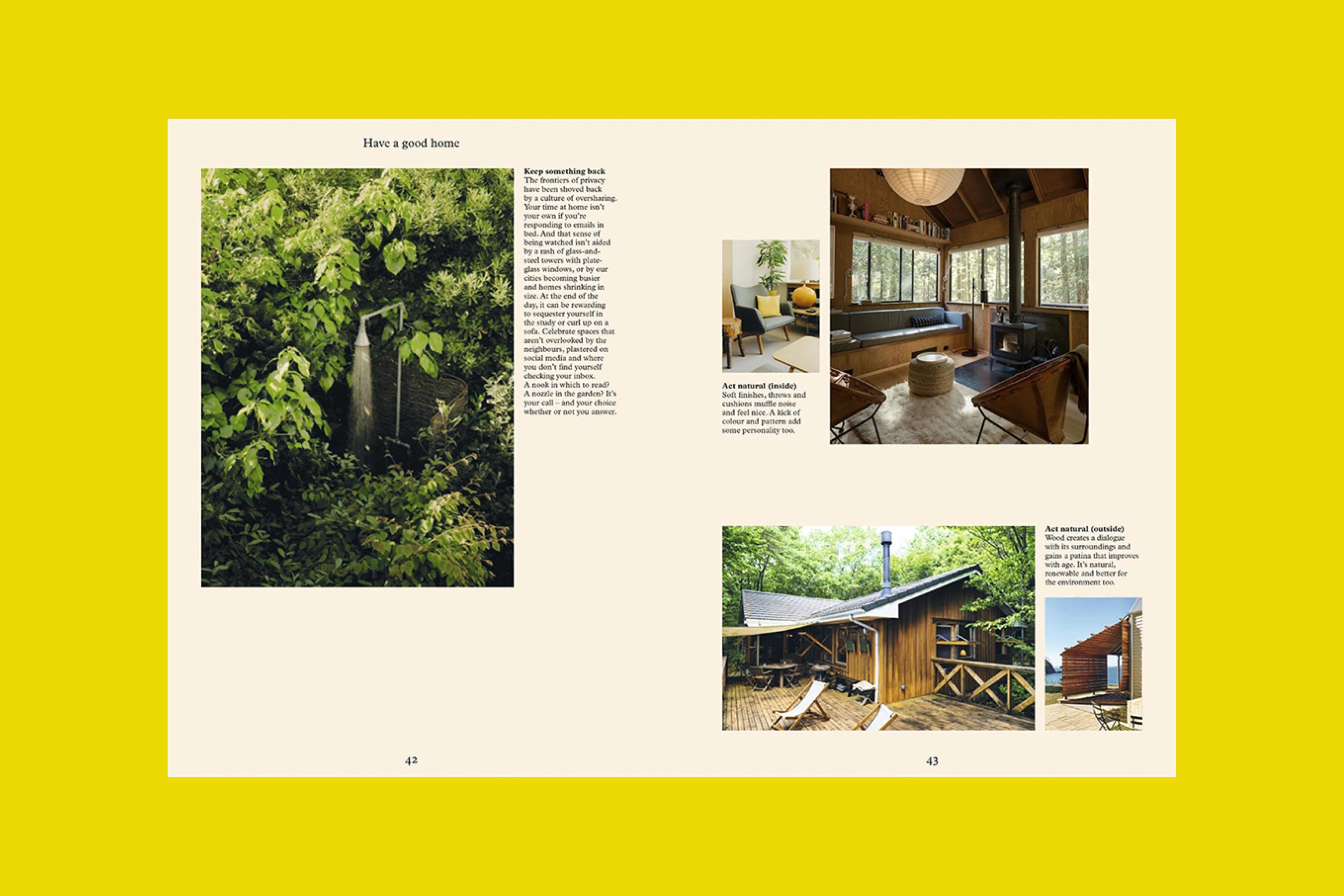
Finally, The Monocle Book of Gentle Living provides a calming antidote to modern chaos. This handbook advocates for a mindful approach to everyday life—encouraging simple pleasures, thoughtful choices, and meaningful connections. Through essays and anecdotes, it celebrates the art of slow living, fostering a sense of community, and nurturing personal well-being. It reminds us that true luxury resides in the small, often overlooked moments of daily life—those that cultivate kindness, curiosity, and contentment.
Together, these books form a rich tapestry that illuminates the myriad ways art, architecture, and design influence and reflect our identities. They highlight that creativity is not confined to galleries or studios but is woven into the fabric of our homes, cities, and communities. They remind us that the act of creation—be it in art or architecture—is ultimately a reflection of our shared humanity, urging us to live, create, and inhabit spaces with intention and grace.
Words by Tiffany Jade.


